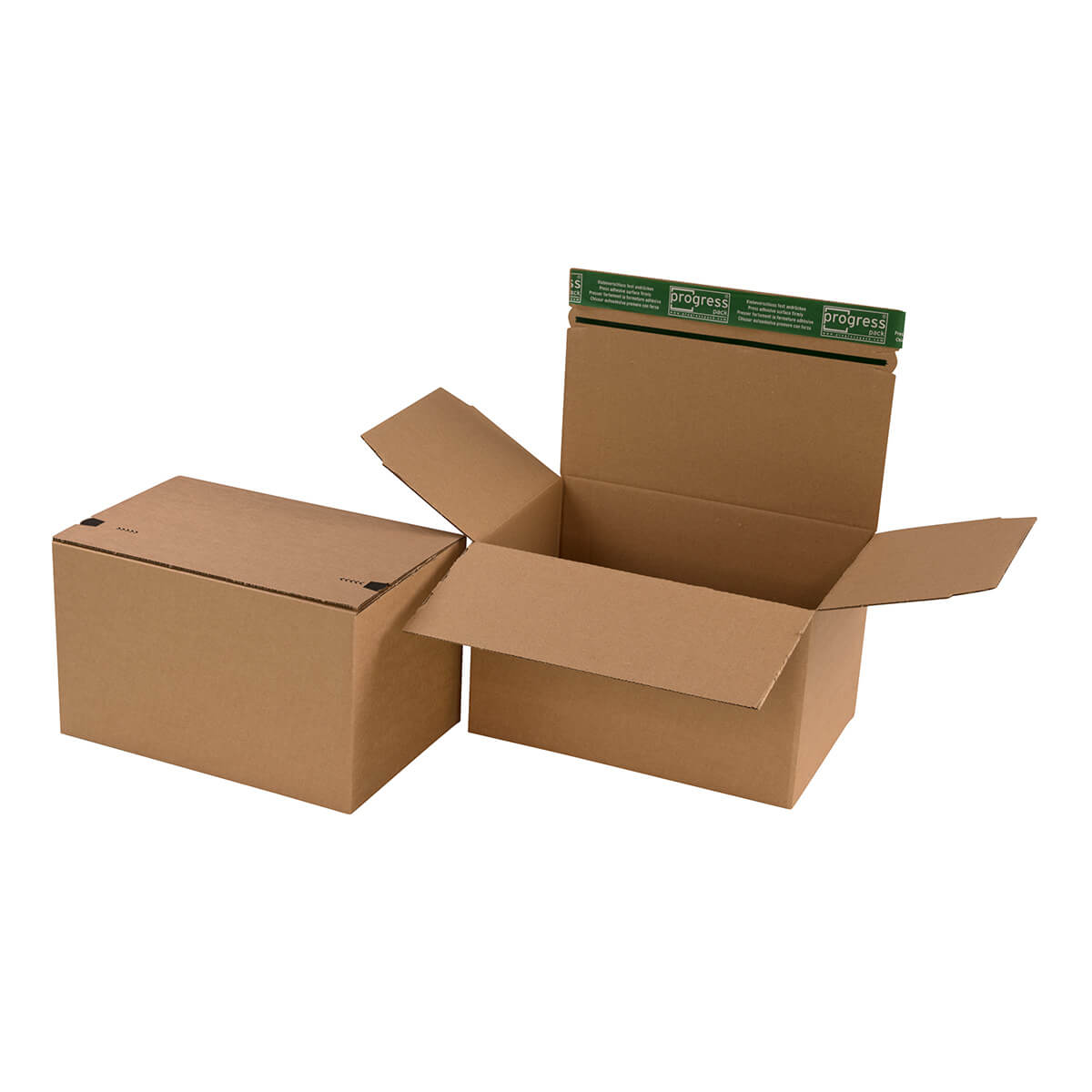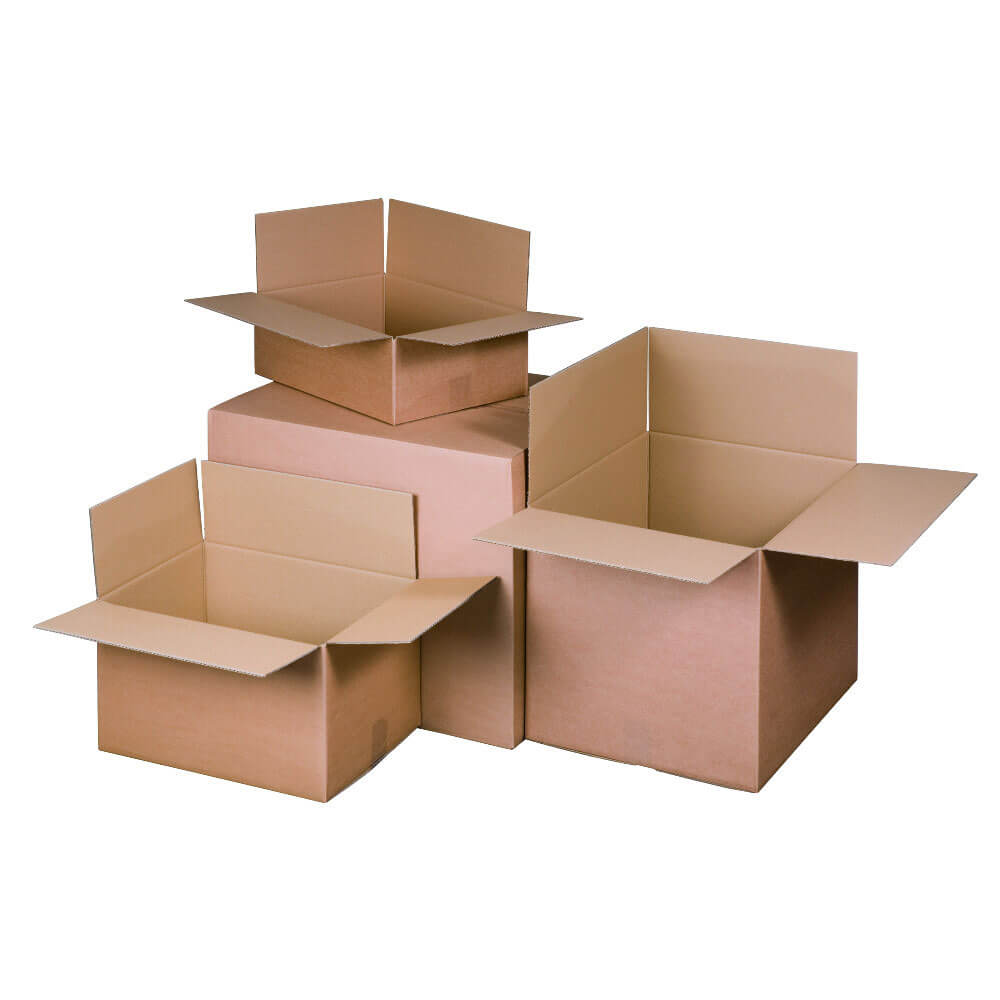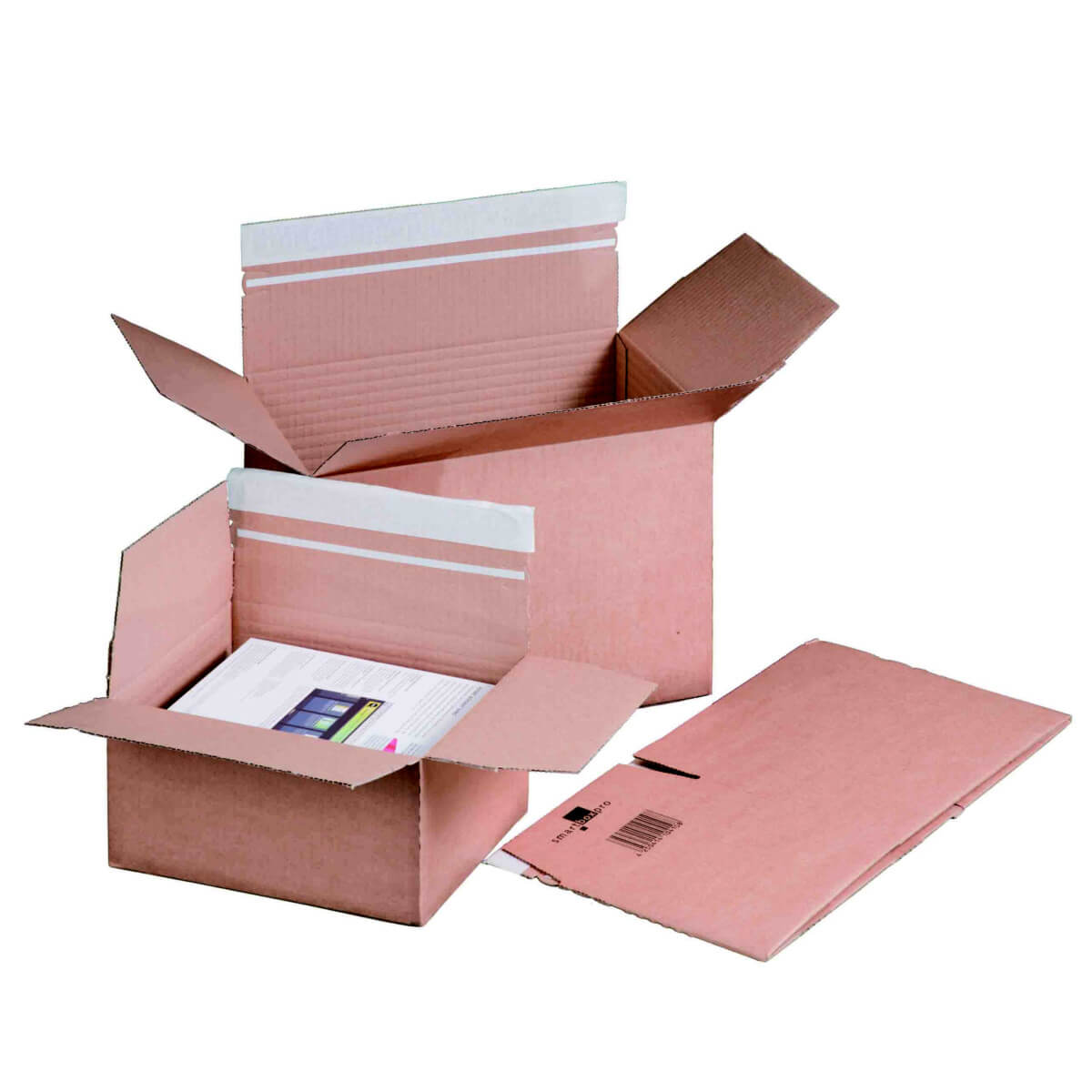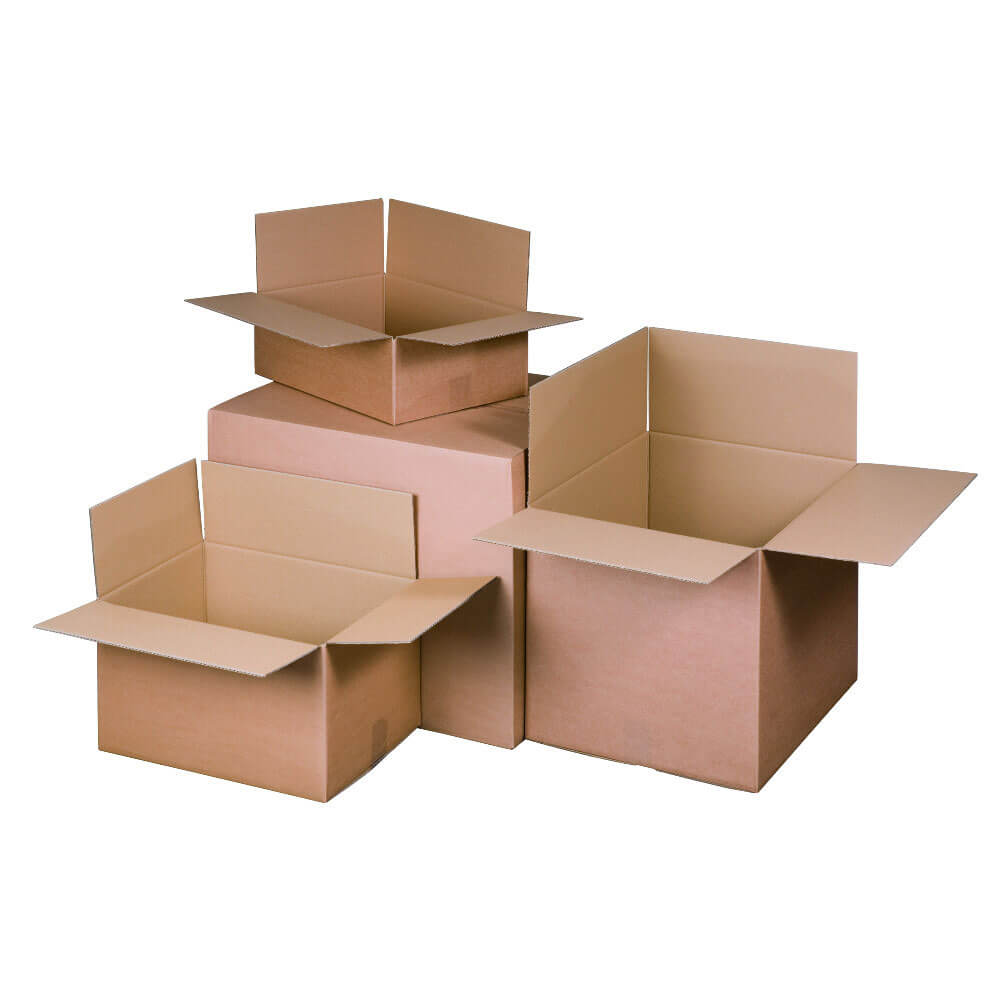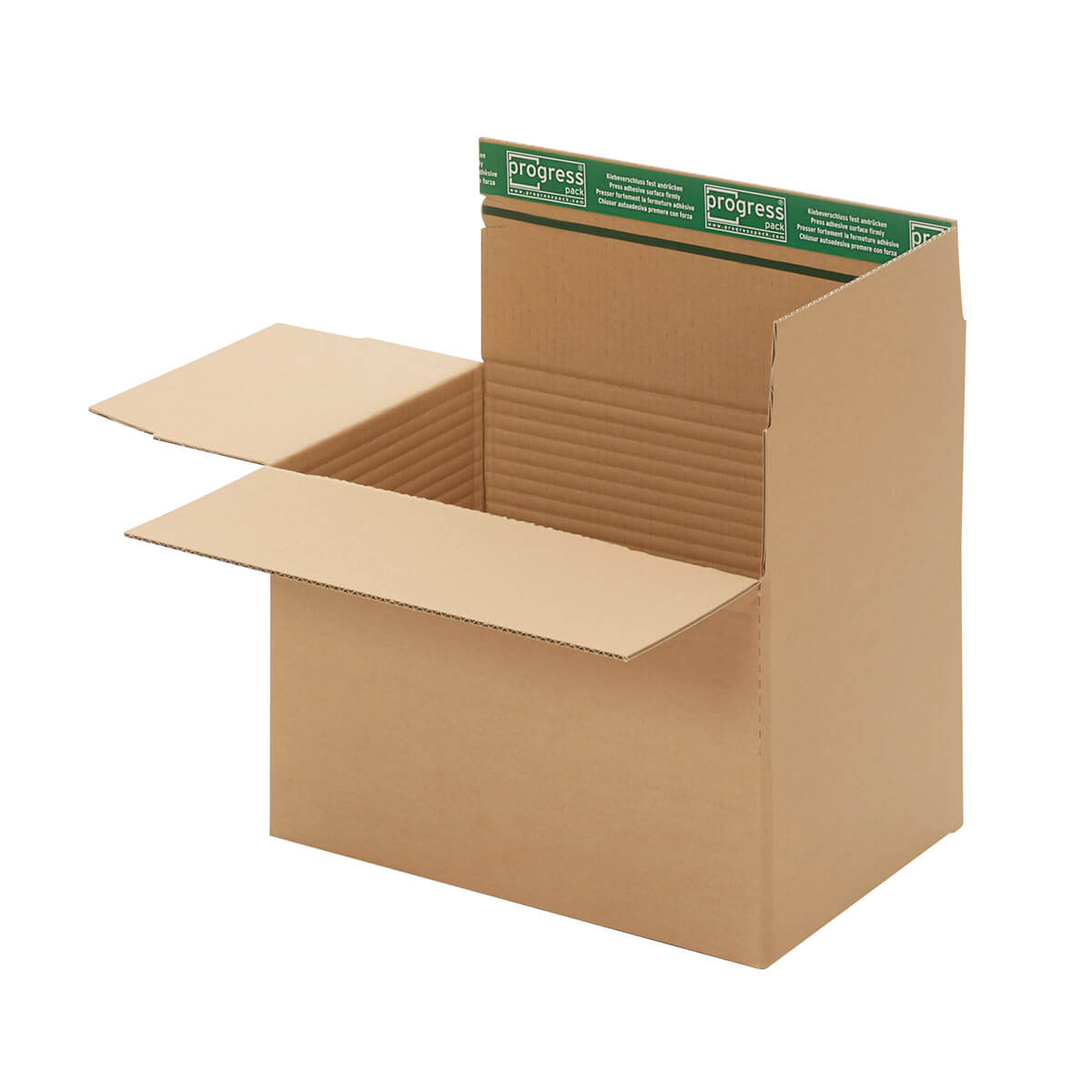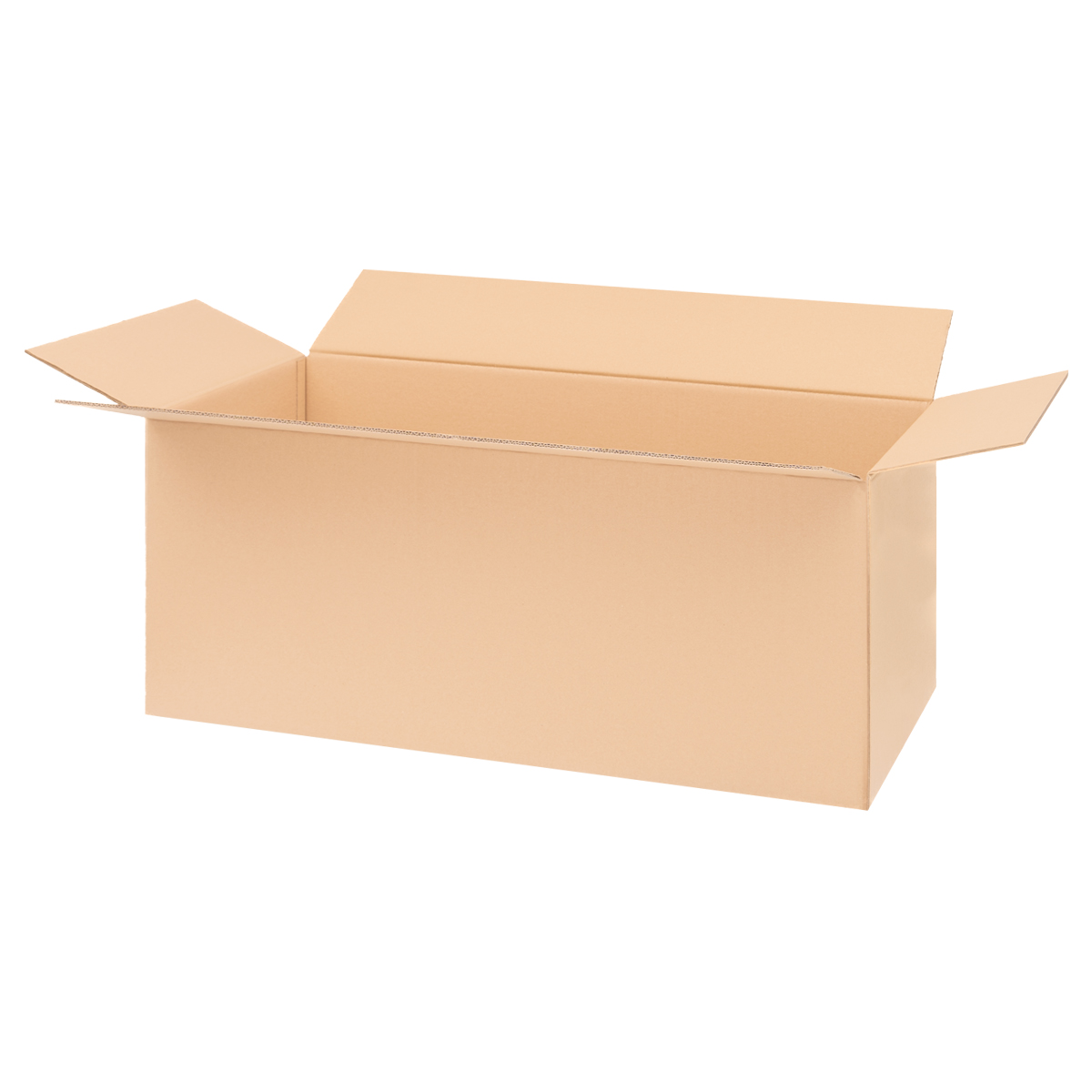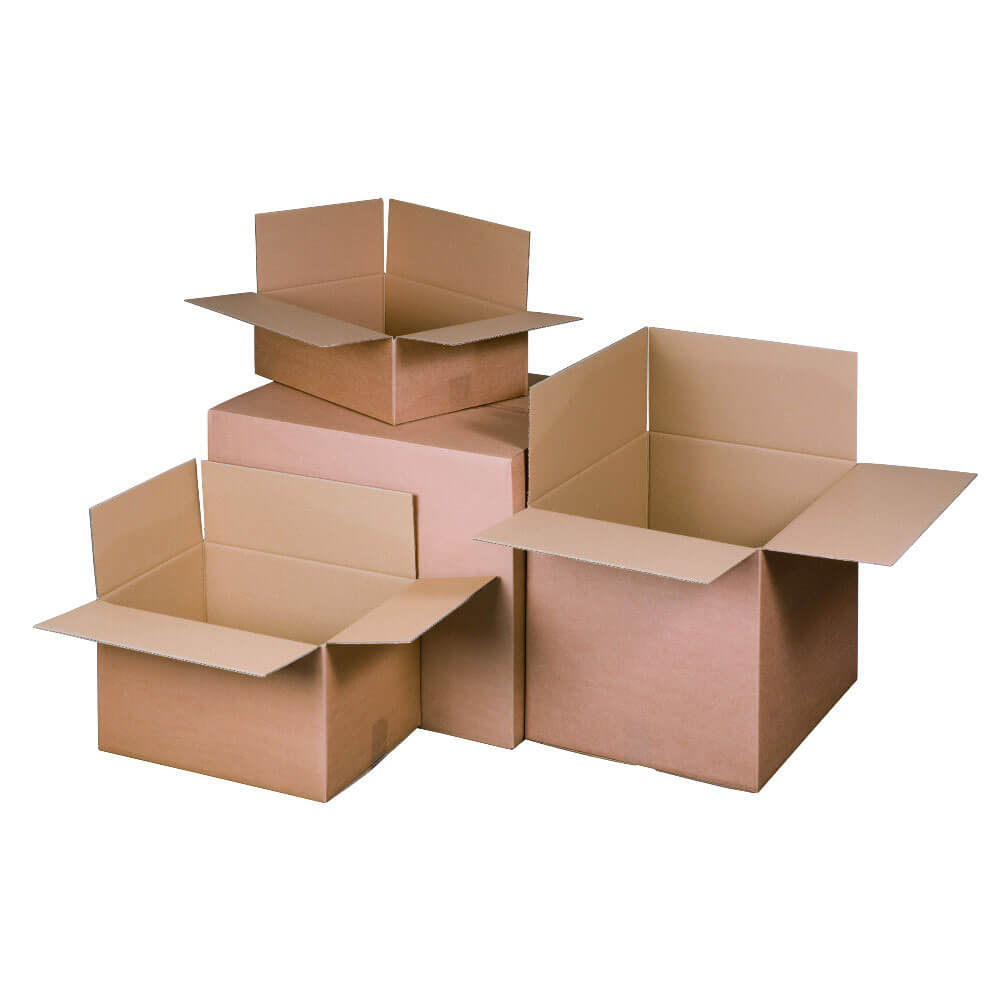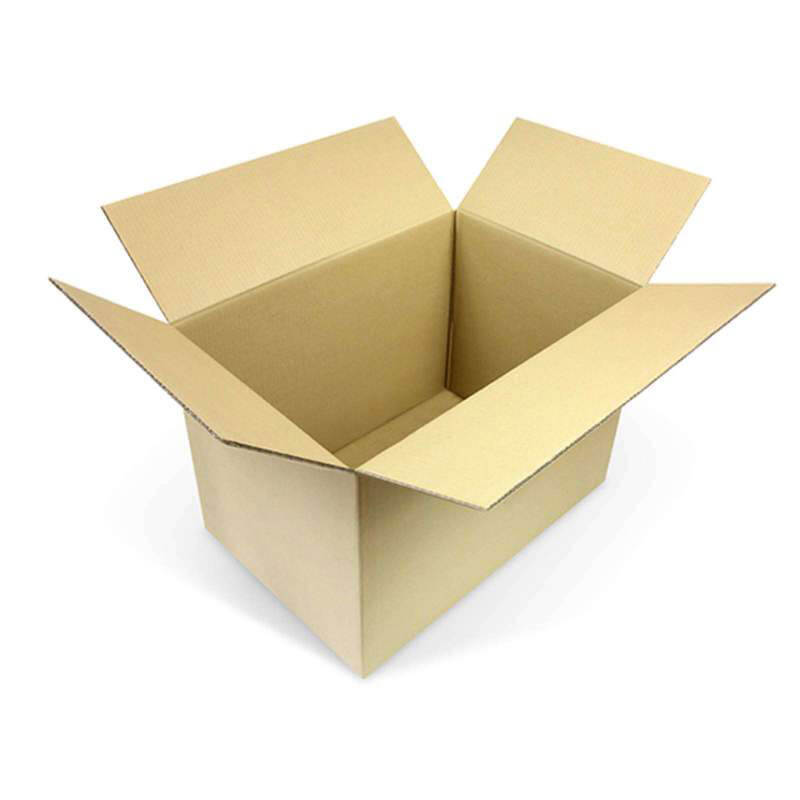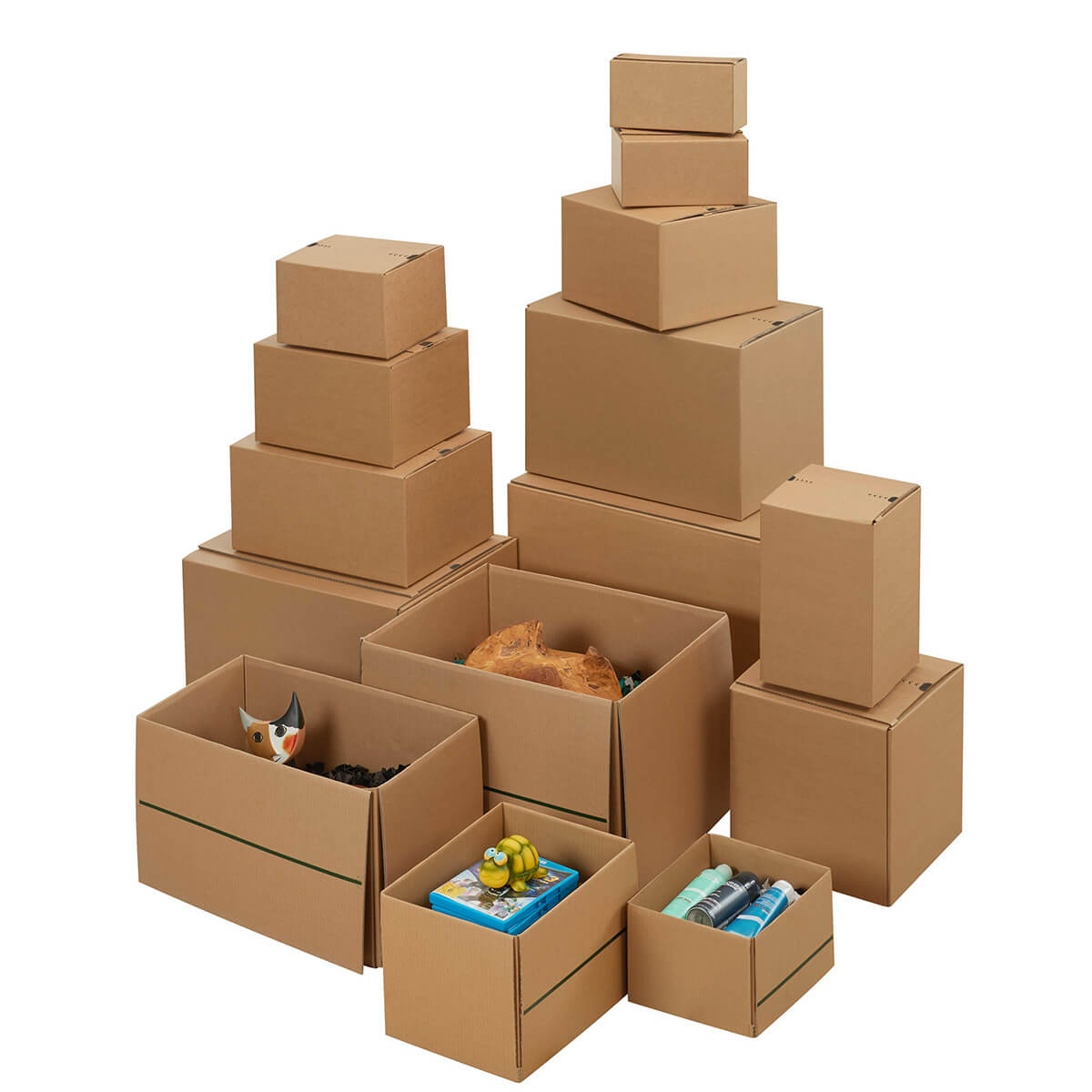Dangerous Goods Boxes
Ship hazardous goods safely: A shipping box made for corrosive, toxic or high flammabele products!
Ship dangerous goods with dangerous goods boxes
There are goods and merchandise that pose a higher risk in shipping than others. While ordinary products in the trade, such as spare parts, clothing or toys, can be shipped without further ado, some specifications must be observed when shipping hazardous goods. Dangerous goods include chemically corrosive or highly flammable substances that can become a hazard if handled incorrectly. Examples of such goods are varnishes, acids but also fuels, which can become a hazard if handled incorrectly. Such goods may therefore only be transported in dangerous goods cartons specially designed for this purpose, which must also be approved for transport by road, air, rail or sea. These packaging cartons are tested for safety before they are approved. Testing bodies test the packaging material with regard to stability, absorbency, water absorption capacity and ultimately whether the design has been chosen sensibly. Depending on how safe a cardboard box is, it is awarded a higher or lower safety level.
Dangerous goods cartons for more security in shipping
Our particularly resistant hazardous goods cartons are suitable for any of your shipping projects. Do you want to export a hazardous good abroad? Regardless of whether your goods are corrosive, highly flammable or toxic, our 2-wall or 3-wall hazardous goods cartons reliably protect them from all external influences. At Verpacking, our goal is to provide cardboard boxes for every purpose and every need. That is why you will not only find moving boxes or gift packaging in various shapes and sizes in our range, but also special boxes such as the hazardous goods box. We offer you hazardous goods boxes in different security levels, each with the corresponding security label and test report. Choose the right model and send hazardous goods safely.
Tested product quality from Verpacking
When it comes to packaging, the issue of safety is hardly as important as it is for hazardous goods boxes. In addition to the protection of the goods being shipped, the protection of employees and passers-by is also high on the list. For this purpose, hazardous goods cartons must comply with certain legal requirements. All our hazardous goods boxes are tested by the Federal Institute for Materials Research and Testing (BAM) in Berlin. They comply with the dangerous goods regulations of the GGVSE (road and rail), the GGVSee (maritime) and the Air Transport Approval Ordinance. This not only gives you complete security when shipping dangerous goods, but also additional flexibility for the chosen shipping route. Please note, however, that when shipping dangerous goods you must pay attention to the respective regulations of ARD, RID, IMDG Code, IATA-DGR and ICAO-TI and that these must be complied with at all costs. On request, we will be happy to send you the approval certificate and test reports of our dangerous goods boxes so that you can see the quality for yourself.
Dangerous gods boxes at a glance:
- Certified and tested hazardous goods boxes
- Stable and safe for shipping
- Suitable for road transport, train travel, air or sea
- Various sizes
- Various hazard classes
- For shipping hazardous goods (corrosive, toxic, highly flammable, etc.)
How to pack your goods safely in the dangerous goods box
Goods can only be shipped as safely as they have been packed beforehand. We would therefore like to explain how you can use simple tools to ensure low-risk packaging. Some tools and accessories can help you pack safely. Hazard labels Clearly label your goods, especially the outer packaging. You should use hazard labels for this purpose. Safety first - whether you want to ship acids, solids or even highly flammable gases, you can use hazard labels to mark the cardboard box in accordance with regulations. Strapping To reliably seal your packages with hazardous goods or to join several packages together for easier loading, we recommend the use of strapping. With polyprolylene strapping, you can seal parcels elastically and individually. Stronger hold comes from filament strapping. Here, the glass fibre reinforcement provides a tear-resistant structure. The tape can only be opened with a cardboard knife so that the contents are additionally secured.
Padding options from Verpacking for more security
Padding and filling materials are always an important step in packaging. Even comparatively fragile and unprotected goods can suffer damage in transit. You can certainly imagine that such a risk is multiplied if the goods are dangerous goods. Special care is therefore planned when packing, because damage to the product or shipping packaging should be avoided at all costs. You can always follow the same guidelines for good packaging. Choose an outer packaging, in this case a hazardous goods box, of sufficient size. There should be at least five centimetres of space between the goods and the carton wall on each side. This space must be padded. Depending on the nature of the product to be shipped, packaging chips or larger air cushions are suitable for this. In addition, you can wrap your goods in air bubble film.
Absorbent material
Especially if you are transporting liquid hazardous goods in the hazardous goods boxes, you should think about using special cushioning materials. Vermiculite, for example, is recommended as an absorbent material. This is a mineral material that has extremely liquid-binding properties. The absorbent material can absorb about four times its own weight in liquid. Furthermore, vermiculite is not harmful to health and can be stored indefinitely. No special disposal is necessary.
Test the protective function
An optimal middle ground can always be found with filling and padding material. It is important to cushion sufficiently so that nothing can move back and forth inside. Nevertheless, the cardboard box should not be overfilled so that the padding does not pose a risk to the goods and the resulting pressure does not attack the cardboard box or the dangerous goods.
Worth knowing about the topic of dangerous goods
Did you know that several hundred million tonnes of hazardous goods are transported in Germany every year? Cars, lorries, planes, trains, seagoing vessels and inland waterway vessels are used for transport. As already mentioned, the handling of dangerous goods is controlled by various laws and regulations. The aim is always not only to secure the goods, but also to protect the environment and the people involved in the transport. Fuel that has not been properly packed and therefore spills can harm people, animals, plants and water. Damage to material goods cannot be ruled out either. All substances that pose a danger to public safety and order in the event of an accident or improper handling are categorised as hazardous substances or dangerous goods. Shipping dangerous goods already includes the filling, packaging and labelling of these goods. The process is not complete until the recipient has received it intact. The more dangerous the goods, the more important the issue of safety. Therefore, pay attention to the respective classification of the dangerous goods box.

